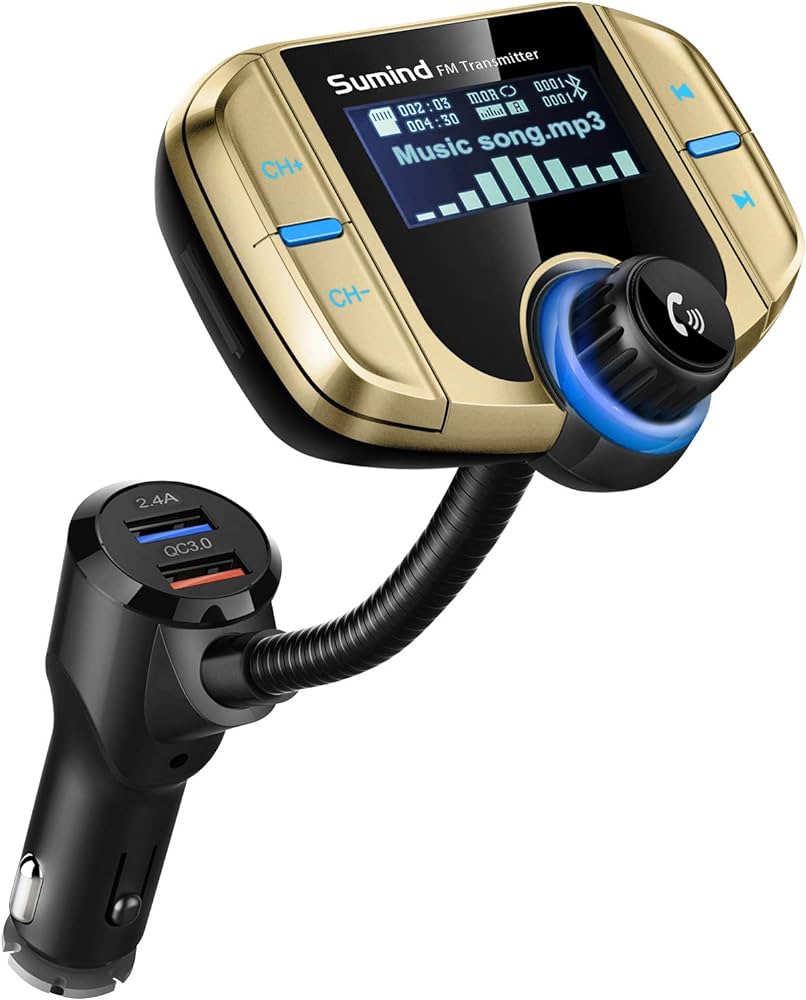
Optimizing Sound Quality: Choosing the Right Frequency for FM Transmitters
Introduction
When it comes to broadcasting sound via FM transmitters, achieving optimal sound quality is paramount. Whether you’re a radio station operator or a hobbyist, choosing the right frequency can significantly impact the clarity and reach of your broadcasts. In this article, we’ll delve into the art of “Optimizing Sound Quality: Choosing the Right Frequency for FM Transmitters” and provide you with expert insights and practical tips to ensure your broadcasts sound top-notch.
Factors to Consider
Coverage Area
Determining the coverage area is the first step in selecting the right frequency. Are you aiming for a localized broadcast or targeting a broader audience? The coverage area will dictate the power and frequency needed for your transmitter to reach your intended audience effectively.
Frequency Band Options
FM transmitters typically operate in the frequency range of 87.5 MHz to 108 MHz. It’s essential to choose a frequency within this band that is unoccupied in your area. An overcrowded frequency can result in interference and poor sound quality.
Antenna Selection
The type and quality of the antenna play a crucial role in optimizing sound quality. A high-gain directional antenna can extend the reach and quality of your broadcasts. Consider factors like height and positioning for better signal strength.
Interference and Regulations
Understanding local regulations and potential sources of interference is vital. Ensure compliance with broadcasting laws, and be aware of potential signal disruptions from nearby electronic devices and physical obstacles.
Equipment Quality
Invest in high-quality FM transmitters and audio processing equipment. Quality equipment can make a significant difference in the clarity and richness of your broadcasts.
Selecting the Right Frequency
Now that we’ve covered the essential factors let’s dive into selecting the right frequency for your FM transmitter.
Assess Local Frequencies
Scan the local frequency spectrum to identify vacant channels. You can use spectrum analyzers or online tools to find unoccupied frequencies in your area.
Consider Audience Preferences
Think about your target audience. What kind of content will you broadcast? Certain frequencies may be better suited for music, while others are optimal for talk shows. Understanding your audience’s preferences will help you choose the right frequency.
Test and Tune
Before committing to a frequency, conduct test broadcasts on potential channels. Pay attention to sound quality and signal strength. Adjust your equipment and antenna as needed to fine-tune your broadcasts.
FAQs
Q: How do I check if a frequency is occupied in my area? A: You can use online tools or consult the Federal Communications Commission (FCC) database to check for occupied frequencies in your location.
Q: What can I do to reduce interference from nearby electronic devices? A: To reduce interference, ensure proper grounding for your equipment and use quality cables. Additionally, you can shield your studio and transmitter to minimize external interference.
Q: Can I change my frequency after broadcasting has begun? A: Changing frequencies should be avoided once broadcasting has started. It can confuse your audience and lead to legal issues. It’s best to choose the right frequency from the outset.
Q: How can I improve sound quality during a live broadcast? A: To enhance sound quality during a live broadcast, invest in high-quality microphones, audio processing equipment, and soundproofing for your studio.
Q: Is it necessary to hire a professional to set up my FM transmitter? A: While professional help can be beneficial, many enthusiasts successfully set up their FM transmitters with the right knowledge and equipment. It’s advisable to seek professional guidance if you’re unsure.
Q: Can I use my FM transmitter for internet radio broadcasting? A: Yes, FM transmitters can be used for internet radio broadcasting. However, internet broadcasting may require different equipment and licensing.
Conclusion
Optimizing sound quality through the selection of the right frequency for FM transmitters is a blend of science and art. By considering factors like coverage area, local frequencies, and audience preferences, you can achieve excellent sound quality. Remember to invest in quality equipment, stay informed about regulations, and conduct test broadcasts for the best results. With the right frequency and equipment, your broadcasts will captivate your audience with pristine audio quality.


